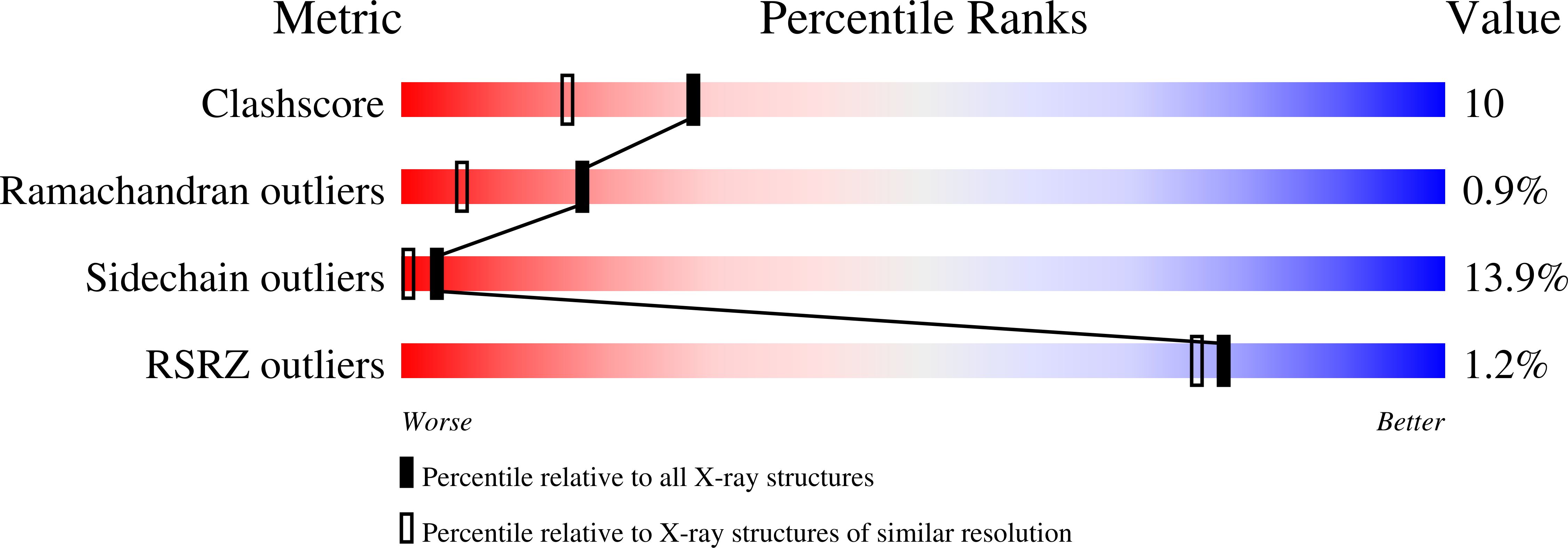Structure determination of porcine haemoglobin.
Lu, T.H., Panneerselvam, K., Liaw, Y.C., Kan, P., Lee, C.J.(2000) Acta Crystallogr D Biol Crystallogr 56: 304-312
- PubMed: 10713517
- DOI: https://doi.org/10.1107/s0907444900000093
- Primary Citation of Related Structures:
1QPW - PubMed Abstract:
To investigate a potential candidate material for making artificial red blood cells to supplement blood transfusion, the X-ray structure of porcine haemoglobin at 1.8 A resolution was determined as part of research towards synthesizing human blood. Porcine haemoglobin was crystallized by the vapor-diffusion method, producing crystals of dimensions 0.3-0.5 mm after successive seeding. The crystals belong to the orthorhombic space group P2(1)2(1)2(1), with unit-cell parameters a = 68.10, b = 72.27, c = 114.85 A. The initial phase was determined by the molecular-replacement method, using human oxyhaemoglobin as a model. The final R factor was 21.1% for 36 820 reflections after validation of 574 water molecules. The r.m.s. deviations of bond lengths, angles, torsion angles and improper angles from their ideal values are 0.017 A, 3.0, 20.6 and 1.8 degrees, respectively. The average B factor is 33.63 A(2) for the haemoglobin molecule and 50.53 A(2) for the water molecules. The structure could be superimposed on a 2.8 A resolution structure with an r.m.s. difference of 0.59 A in main-chain atomic positions and 1. 27 A in side-chain atomic positions. Porcine and human haemoglobins are compared. A tentative model for artificial blood is proposed based on the complementarity relationship of the surface charges between haemoglobin and the surrounding cell membrane.
Organizational Affiliation:
Department of Physics, National Tsing-Hua University, Hsinchu 30043, Taiwan. [email protected]

















